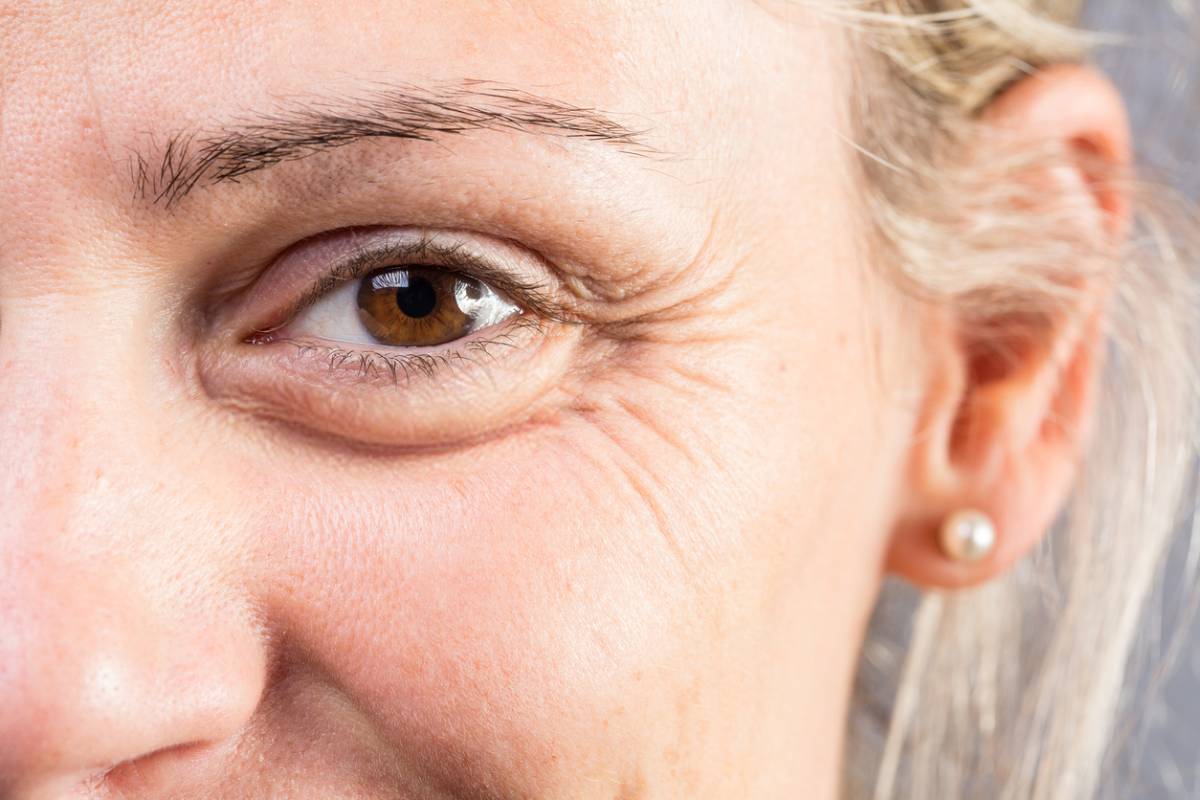Anyone who spends a significant amount of time out in the sun will have thought about how to protect their skin from the risk of cancer. The sun puts out powerful and harmful UV rays that can cause permanent damage to all parts of your skin. The risk of cancer will only increase the longer you leave your skin exposed without seeking proper medical help. Below, we cover those risk factors for eyelid skin cancer.
Risk Factors for Eyelid Skin Cancer
While less common than other types of skin cancer, it is essential to understand the risk factors associated with eyelid cancer for early detection and effective treatment. Our innovative eyelid surgery options are helpful for those looking to treat or altogether prevent eyelid skin cancer. Today, Dr. Sohrab will discuss the most significant risk factors for eyelid skin cancer to help you understand what danger signs to look out for.
Why Early Detection is Important
Cancer, in all of its forms, can be a horrible disease to deal with. The earlier you can diagnose the signs of cancer, the easier it will be to treat it and prolong your healthy life. Skin cancer can often be fully treated as long as you and your doctor are on the same page about your health plan.
We want to lay out some important risk factors today so you can more easily identify what is going on with your own skin health. Make sure to get in touch with Dr. Mahsa Sohrab and our team of experts as soon as you are ready to discuss your concerns.
Identifying Common Risk Factors
Several factors contribute to the development of eyelid cancer, many of which are associated with general skin cancer risks. The eyelids are the most sensitive areas of the face, with a very thin layer of skin protecting your eyes from dust and debris. Over time, your eyelids can develop sags and bumps as a result of natural aging. However, there may be times when these symptoms indicate something more alarming.
If you spend significant time outdoors or have recently been exposed to UV radiation without adequate protection, consider these common risk factors:
Sun Exposure:
Prolonged exposure to UV radiation from the sun increases the risk of developing eyelid cancer. There are many specific types of eyelid cancer such as basal cell carcinoma, squamous cell carcinoma, and melanoma. The delicate skin of the eyelids is particularly vulnerable to sun damage, making protection even more important than usual.
Fair Skin:
Individuals with fair skin, light eyes, and a history of sunburns are at higher risk due to reduced melanin, the pigment that provides natural UV protection. Regardless of skin type, proper sun protection is crucial in preventing skin cancer.
Age and Genetics:
The risk of eyelid cancer rises with age, especially in individuals over 50, as cumulative sun exposure and age-related changes in skin structure can contribute to cancer development. Additionally, a personal or family history of skin cancer increases susceptibility, as genetic factors play a role in cancer development.
Weakened Immune System:
Certain medical conditions and medications, such as immunosuppressive drugs or organ transplantation, can compromise the immune system, making individuals more susceptible to eyelid cancer. Informing your doctor about immune system issues is crucial for tailored treatment plans.
Reconstructive eyelid surgery is instrumental in treating eyelid cancer patients and reducing cancer risk. Following diagnosis, surgical removal of cancerous growths may be necessary, often resulting in changes to eyelid appearance and function.
How Eyelid Surgery Can Treat Or Prevent the Risk of Cancer
Reconstructive eyelid surgery aims to restore both aesthetics and functionality through meticulous techniques. We typically use a combination of restoration strategies to completely reduce the presence of cancer on the eyelids.
Our standard reconstruction involves reshaping the physical symmetry and appearance of the eyes on top of the medical treatment. As cancer advances throughout the body, it will do incredible damage to the skin. Anyone who has already been living with eyelid cancer may have to resort to functional restoration techniques. This involves a meticulous surgical procedure that helps to restore functions like blinking and squinting.
Prevent Eyelid Cancer Today
Understanding eyelid cancer risk factors is crucial for timely intervention and total body treatment. Reconstructive eyelid surgery offers cosmetic and functional solutions for patients, both following cancer treatment and as a preventative measure. By addressing the cosmetic and functional aspects of eyelid reconstruction, patients can achieve optimal results and enhance their quality of life.
Our core values drive us to help you become your best self, both inside and out. Learn more about our personalized eyelid skin cancer treatment options when you get in touch with Dr. Sohrab and our team today.
